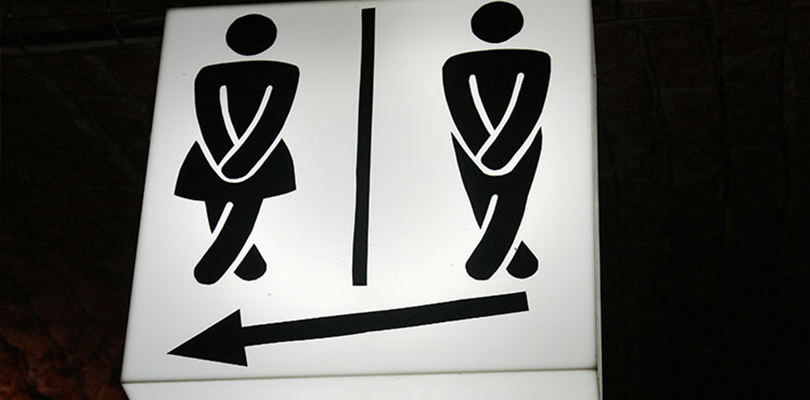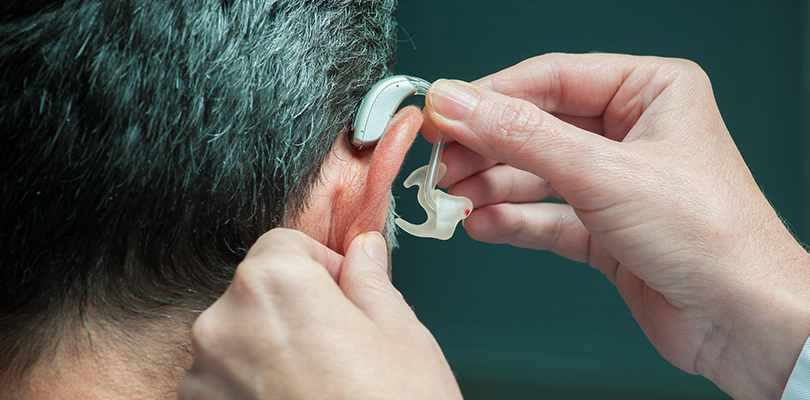Photo Credit: ands456 / iStockPhoto.com
Do I Have a Bladder Infection?
A bladder infection — also known as cystitis — is when the bladder becomes infected with either bacteria or fungi. It is quite common, especially among women, and can be very uncomfortable and painful.
Most commonly, the bacteria or fungi enter the bladder by travelling up from the vagina, which is what is referred to as an ascending infection. Gut bacteria are most commonly involved, but sometimes the fungus that causes vaginal thrush (candida albicans) is the culprit. Occasionally, infection can occur via the blood stream.
Who is at Risk for a Bladder Infection?
Certain factors predispose to bladder infection. Such factors include having a lowered immune system (due to pregnancy, chemotherapy or age), increased sugar in the urine (due to diabetes), having urine sit in the bladder for a long time (caused by holding in urine or incontinence), bladder stones, and contamination by foreign objects or faecal material (such as urinary catheters, diaphragm use, spermicide use and sexual activity).
Bladder infections are more common in women because their anatomy makes contamination from the environment more likely. However, it does occur equally in male infants and elderly men.
Bladder infections are more common in men that are not circumcised and are usually associated with some sort of urinary tract obstruction, such as an enlarged prostate. They also occur more commonly in people who have had a bladder infection before. About 20 – 30 percent of people with cystitis will have repeat episodes. The likelihood of re-occurrence decreases as time elapses since the previous episode.
Symptoms
Some people may not have any symptoms — this is referred to as a subclinical or asymptomatic bacterial infection. It is quite common in pregnancy and is routinely screened for using urine tests. However, people with bladder infections usually develop unpleasant symptoms.
Signs that you might have a bladder infection include:
- Painful urination (dysuria)
- Difficulty starting to urinate (hesitancy)
- Needing to urinate very frequently (frequency)
- Feeling the need to urinate urgently (urgency)
- Waking up to urinate during the night (nocturia)
- Feeling the bladder is full when it has been emptied (tenesmus)
- Inability to empty the bladder fully (incomplete voiding/urinary retention)
- Pain in the upper pubic area (suprapublic discomfort)
- Changes to the urine — smells bad, looks cloudy or bloody (malodorous, haematuria)
- Occasionally there may also be a mild fever
If left untreated, a bladder infection can travel further up the urinary tract and into the kidneys. If the kidneys become infected, this is called pyelonephritis. In addition to the symptoms listed above, pyelonephritis generally causes more widespread symptoms:
- Pain in the lower back area, where the last rib meets the spine
- Fever and/or chills
- A feeling of general unwellness
Experiencing constipation can very uncomfortable, however, there are things you can do to treat it. Read on to discover some constipation treatment options.
If there is severe pyelonephritis, there may also be:
- Nausea
- Vomiting
- Intense shivering and feeling cold, in association with a high fever (rigors)
Possible Complications
In some cases, pyelonephritis may not start from cystitis. Instead, infection of the kidneys may occur directly via the blood stream. It can occur suddenly. If you have any of the above signs of pyelonephritis, you should seek doctor’s advice immediately. If left untreated, pyelonephritis can lead to blockage of the flow of urine or kidney failure, which are both life-threatening.
In men, bladder infections are often associated with an enlarged prostate. In men with prostate issues, symptoms often include trouble starting to urinate and trouble emptying the bladder fully.
There is a risk of a complete obstruction of the bladder outlet, which is life-threatening. If you cannot urinate at all, but need to, seek medical help immediately. Commonly, there is infection of the prostate as well as infection of the bladder.
Signs of an infected prostate are similar to pyelonephritis — fever, chills, and pain in the pelvic region, in addition to the common signs of cystitis. Men with urinary tract issues will often need a full investigation.
For women, it is important to distinguish the symptoms of bladder infections from those of vaginal diseases, particularly sexually transmitted diseases. Chlamydia and herpes infections, vaginal thrush (candida infection), and simple vaginal or vulvar irritation can sometimes cause symptoms similar to cystitis.
If there is any vaginal discharge or sores around the vulvar area, you should be examined by a doctor. Some women also have a condition called interstitial cystitis, which results in repeat episodes of bladder inflammation that is not associated with a bladder infection. If you have frequent repeat episodes of bladder symptoms, you should get this investigated further.
Diagnosis and Treatment
The good news is that a simple bladder infection is easy to diagnose and it is usually quickly responsive to antibiotics.
Most doctors will provide antibiotics for a simple bladder infection based on your description of symptoms and the results of a quick urine test, which can be performed in the consulting room. The urine test involves dipping a test strip into urine and looking at the results.
The test strip checks for nitrite, which is a chemical produced by the common gut bacteria E.coli, a common culprit of bladder infections. It also checks for white blood cells, which indicates inflammation, and red blood cells, which indicates bleeding and inflammation. A positive result on any one of these is highly suspicious for a bladder infection.
If the doctor is not absolutely sure or has concerns, the urine may be sent to the lab to look at the urine under the microscope. In most cases, white blood cells will be seen and, in about a third of cases, there will also be red blood cells. Bacteria or fungi may not be seen.
To confirm if there is an infection and to work out what type of bacteria or fungus it is, the lab can culture the urine. This involves trying to grow any bacteria or fungus that is in the urine into larger numbers so it can be studied and identified. The test can also include checking what antibiotics will be effective. These studies take at least 24 hours, so your doctor will probably start you on antibiotics in the meantime.







